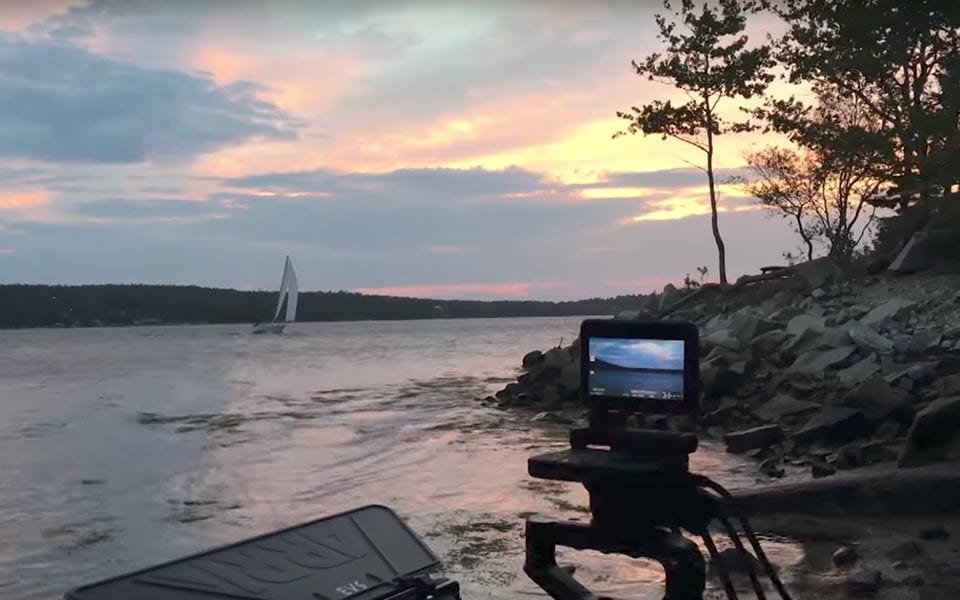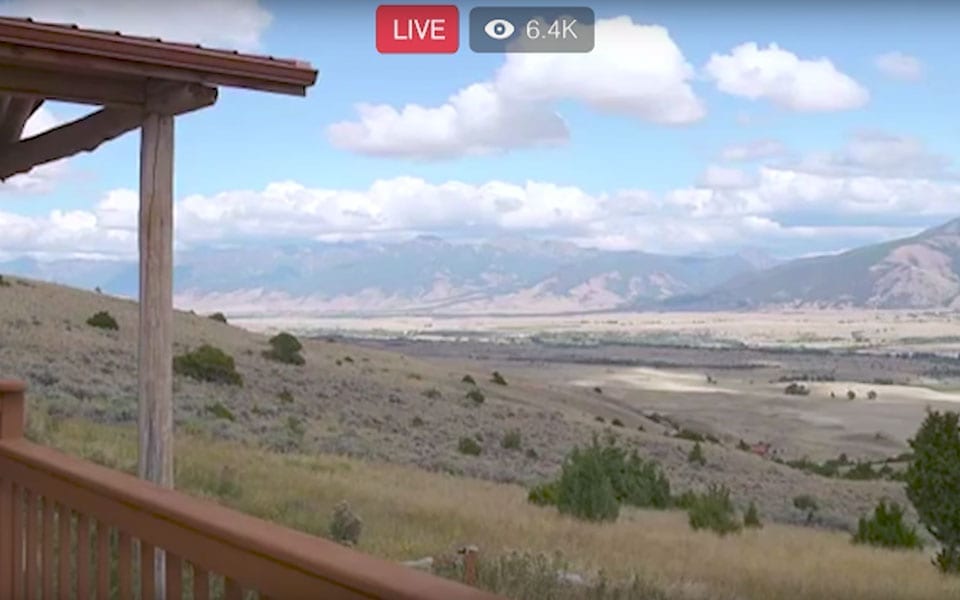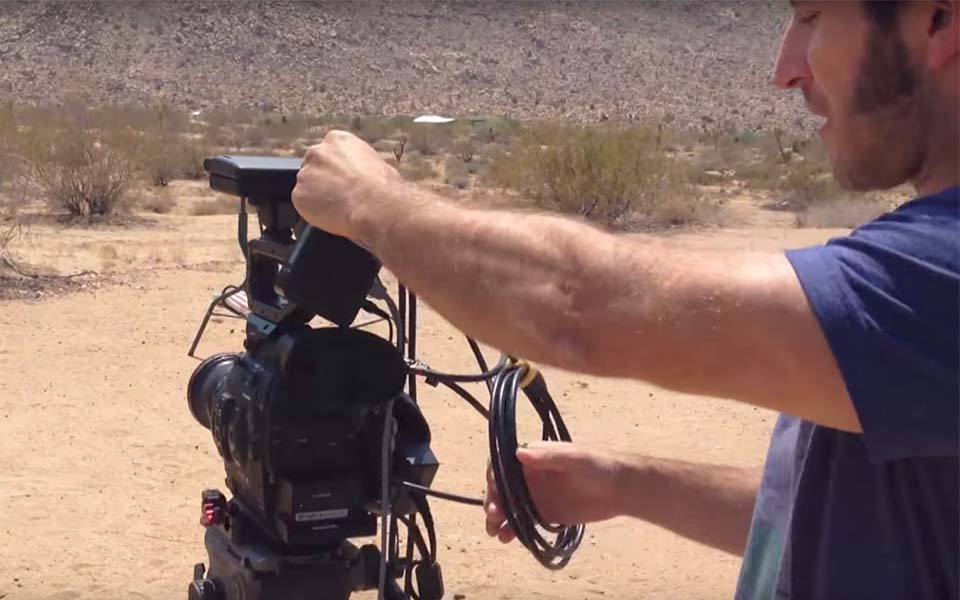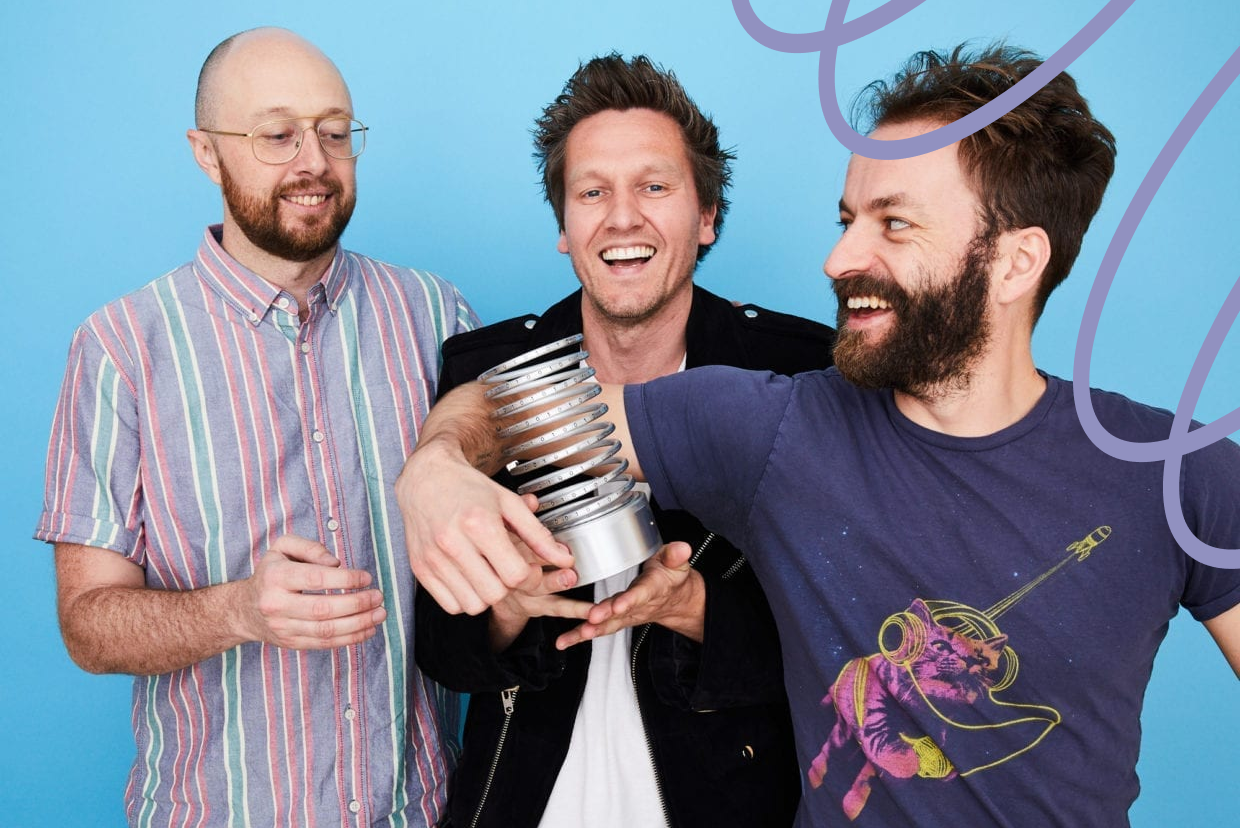Livestreaming a National Park seems like an odd idea at first glance. What are people supposed to do, watch trees?
Well, yeah.
Airbnb’s Head of Social Jasmine Atherton, along with her team, threw the traditional social playbook out the window in bringing “National Parks Backyards”—created to coincide with the National Parks Service’s 100th anniversary—to life. While most social campaigns try to be as bright and noisy as possible to capture viewers’ attention, the Internet went nuts for Airbnb’s live feeds of tranquil landscapes—and the campaign netted two Webbys: Best Use of Video in Social and Best Live Webcast in Film and Video. In this Winner Story, we chat with Atherton about how the campaign came about, striking the right tone with viewers, and more.
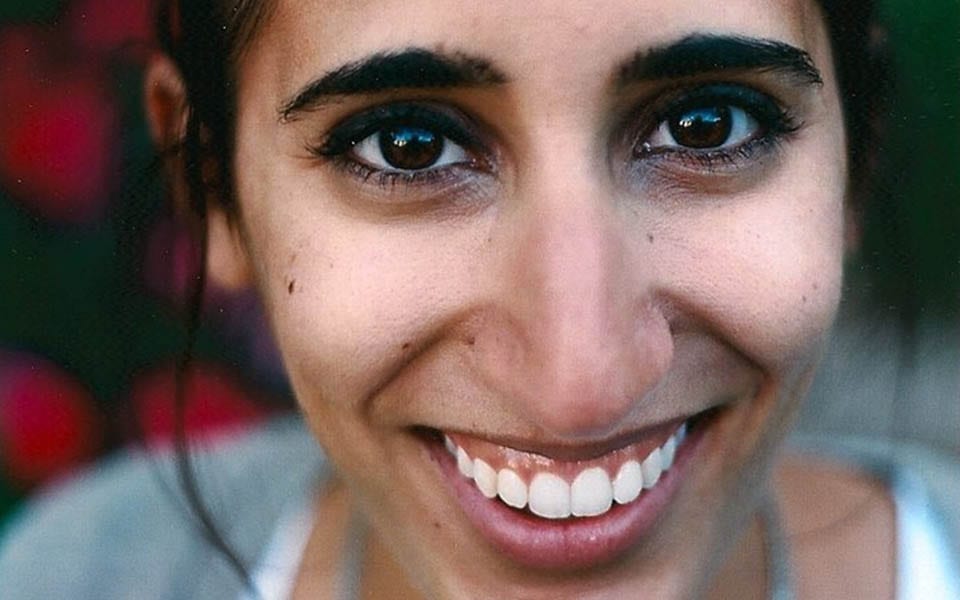
What made the National Parks Service’s 100th anniversary a particularly good moment to promote Airbnb online?
We know that escaping to the Great Outdoors is a big travel moment for people. Pairing that with the 100th anniversary of the National Parks Service made it a perfect cultural moment to highlight some of the most amazing ways to travel on Airbnb—like into and around the most beautiful wildernesses in the world. Since then Airbnb has formed a partnership with the National Park Foundation to support their mission to further the conservation of park resources for future generations. Our hosts offer travelers a range of distinctive accommodations in gateway communities at the doorstep of America’s national parks.
Your campaign ran shortly after Facebook launched the Facebook Live feature. Was there a big learning curve with using a totally new platform? What were some of the important things you learned about livestreaming on social?
We’re constantly on our toes, always willing to test and try new platform changes. We knowingly will jump into something if we don’t have a playbook on how it works—it’s really the only way to learn and develop a cohesive strategy. One of the most important things we learned is the importance of connectivity and engagement. A strong Wi-Fi connection stands between you and a great piece of live content. Additionally, having a team ready and able to engage with the community of people replying in the comments is important—it’s a great way to keep people interested & watching and input their thoughts into the content (if applicable to the stream).
Doing a livestream of a landscape seems counterintuitive, since there’s not much happening on screen. Why’d you choose to do that? What do you think made that attractive to viewers?
We always try to use different cultural triggers or insights to inform our content. In this case “Slow TV” was a particularly interesting trend—people watching essentially nothing happening on TV was on the rise. So we tapped into the insight as a creative direction.
Additionally, we wanted to tap into the reason why people may be escaping to the wilderness or visiting a park—for some peace and quiet. By not adding people, stories, or narration, we allowed people to simply listen to the birds, soak in the sunset or watch a boat drift by.
“ We wanted to tap into the reason why people may be escaping to the wilderness or visiting a park—for some peace and quiet.”
What was the process for choosing which Airbnb backyards to shoot from?
We start where everyone starts: the Airbnb homepage. We comb through listings, thinking about what kind of listing will help us tell the most interesting stories. When we highlight different homes, we always try to be relevant for our audiences—attainable listings when it comes to price, while also being aspirational to help inspire travelers for their next destination. It also doesn’t hurt when the home has an amazing view!
What were the challenges with shooting in such remote locations?
Because this activation was live, Wi-Fi was our biggest hurdle to overcome. We worked with the hosts for each home to ensure the fastest connection, and we ran tests the day before to help mitigate risk.
Instagram Stories, Facebook Live—video has been really growing on social in recent years. What does that mean for the social strategy of companies like Airbnb?
We are constantly reinventing what it means to be “on social” for us. We always keep at the pulse of how people are consuming across different platforms. It means that our social strategy is very fluid and constantly changing. We’re writing the playbooks and setting our own benchmarks as we go. It means we test and try and learn from everything.
How do you craft Airbnb’s voice across different social media platforms? How did this project in particular fit in with that?
Airbnb’s brand voice on social is very important because we represent our community. We are the stories of our community, so representing them in how they talk, read, and act is step 1 for us. We have pretty robust brand voice guidelines, but in a nutshell it represents some key words, and those words are what we’d want people to use when referring to Airbnb to their friends. Things like “human” or “empowering” or “disruptive.” We root ourselves in them when we tell stories.
What does your Webby Win mean to you?
It means that creativity and insights can come together in an impactful and engaging way. It has us thinking about a next big idea!

